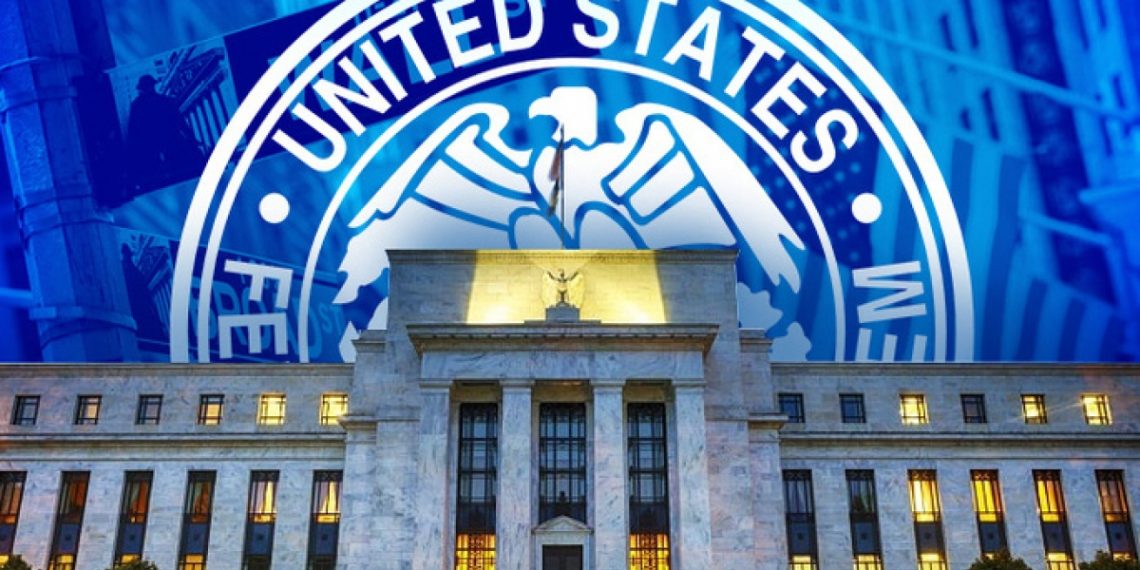Lael Brainard, vice chair of the Federal Reserve, told attendees of an annual economic gathering that the Fed would continue to tighten monetary policy to curb inflation.
Brainard said at the 64th Annual Meeting of the National Association of Business Economics in Chicago that the strength of U.S. dollar inflation is attributable to shocks from a worldwide pandemic, constricted supply chains owing to Russia’s invasion of Ukraine, and high economic uncertainty. The Federal Reserve accounted for great interest rate spillovers, the strength of the dollar, and foreign economic demand.
Federal Reserve Board Governor Lael Brainard. Image: Reuters
Brainard stated that the cross-border consequences of unforeseen changes to interest and currency rates might compound a reduced risk tolerance in light of the weak liquidity in core financial markets. This might provide difficulties for policymakers if the dangers materialise.
“Monetary policy will be restrictive for some time,” said Brainaird, who added that it will require a cumulative effort to reduce inflation rates.
GDP is down
Although supply and demand are becoming more aligned due to rising interest rates, real GDP has plummeted by roughly 1% annually, and real private domestic purchases have dropped from 6.4% annually last year to 1.3% so far this year, according to Brainard.
Brainard stated that diminished consumer spending might result from a decrease in household savings, projected to be roughly 25% lower than in prior quarters. In addition, the policy level rate may more than double by the end of the year compared to estimates seven months ago. This, along with rising interest rates and tighter financial conditions, implies a modest comeback in the year’s second half, accompanied by basically flat GDP growth.
Signs of rebalancing
There are some silver linings. Brainard noted that robust wage growth and high housing and rental expenses are anticipated to curb inflation. With demand shifting from products to services, dropping core import costs, and untangled supply chains, core goods would potentially revert to prices comparable to those before the epidemic.
The pandemic led to enhanced margins for trade sectors, projected to rebalance due to increased inventories, loosened supply limitations, and a demand reduction that contributed to a decline in goods inflation.
Despite divergent opinions on future inflation, one-fourth of those polled anticipated prices to stay at or below present levels during the next 5 to 10 years. In addition, anecdotal evidence of labour market rebalancing suggests that the labour market is easing.












